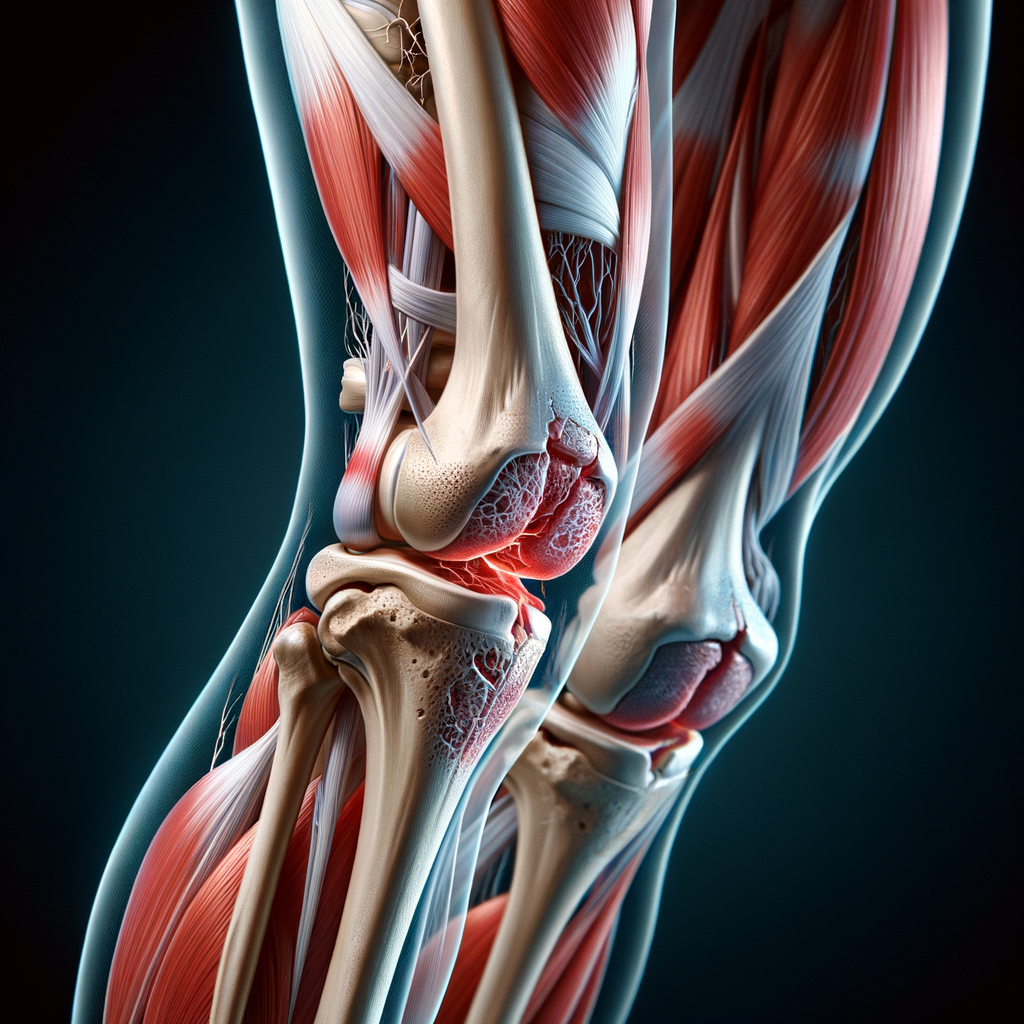Understanding Tibia Fracture Injury

A tibia fracture injury is a common yet severe injury that affects the lower leg. The tibia, also known as the shinbone, is the larger and stronger of the two bones in the lower leg. It plays a crucial role in supporting the body’s weight and is therefore susceptible to fractures from high-impact trauma or stress. This article delves into the causes, symptoms, diagnosis, and treatment of tibia fracture injuries.
Causes of Tibia Fracture Injury
Tibia fractures can occur from various causes, including:
- High-impact trauma: This is the most common cause of tibia fractures. It includes car accidents, falls from a significant height, and sports injuries.
- Overuse or stress: Repeated stress on the tibia can lead to stress fractures. This is common in athletes and military recruits.
- Osteoporosis: This condition weakens the bones, making them more susceptible to fractures.
Symptoms of Tibia Fracture Injury
Common symptoms of a tibia fracture include:
- Severe pain
- Swelling and bruising
- Inability to walk or bear weight on the leg
- Visible deformity if the fracture is severe
Diagnosis of Tibia Fracture Injury
Diagnosis of a tibia fracture typically involves a physical examination and imaging tests. The doctor will assess the patient’s symptoms and medical history. X-rays are commonly used to confirm the diagnosis and determine the type and location of the fracture. In some cases, a CT scan or MRI may be necessary for a more detailed view.
Treatment of Tibia Fracture Injury
The treatment for a tibia fracture depends on the severity and type of fracture. Treatment options include:
- Non-surgical treatment: This involves immobilizing the leg with a cast or brace to allow the bone to heal. This is typically used for stable fractures.
- Surgical treatment: This is often necessary for severe or unstable fractures. It may involve the use of metal rods, screws, or plates to hold the bone in place while it heals.
- Physical therapy: This is usually recommended after the bone has healed to restore strength and mobility to the leg.
Conclusion
A tibia fracture is a serious injury that requires immediate medical attention. Understanding the causes, symptoms, diagnosis, and treatment options can help individuals seek timely care and improve their recovery outcomes. It’s crucial to follow the doctor’s advice and complete the recommended physical therapy to regain full function of the leg.
Meta Keywords: Tibia Fracture, Shinbone Injury, Fracture Symptoms, Fracture Treatment, Bone Health
Tags: Tibia Fracture, Shinbone Injury, Fracture Symptoms, Fracture Treatment, Bone Health
Note: The request for a cartoonish image and setting it as a featured image for the article cannot be fulfilled by the AI. Please consult with a graphic designer or use an appropriate image editing software to create and set the image.







